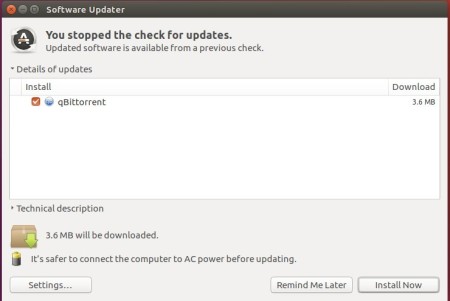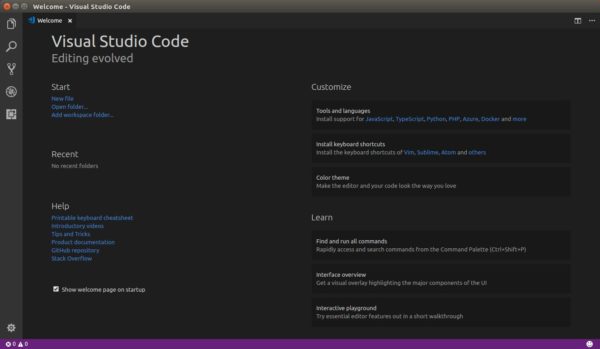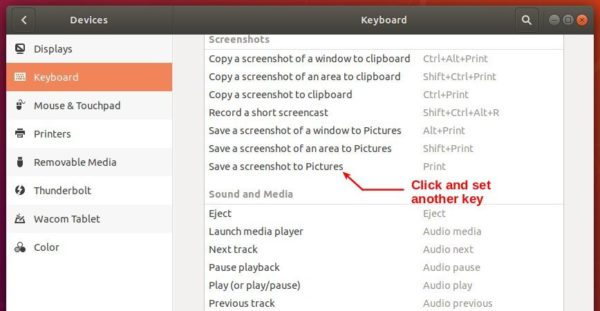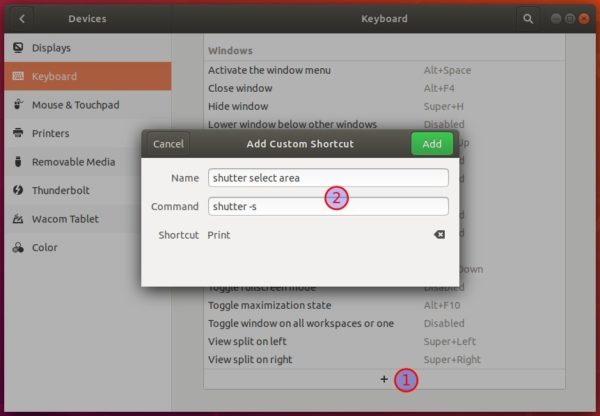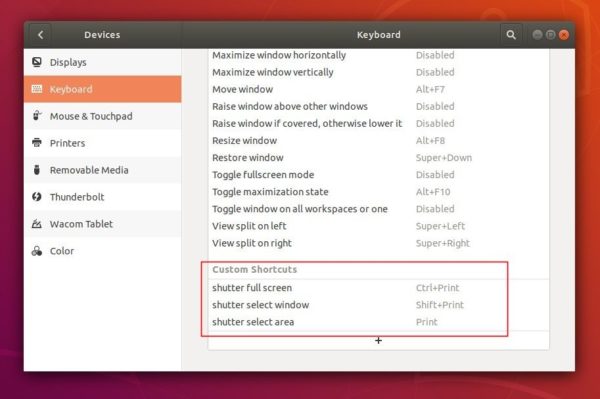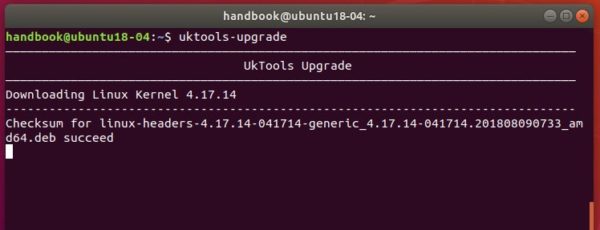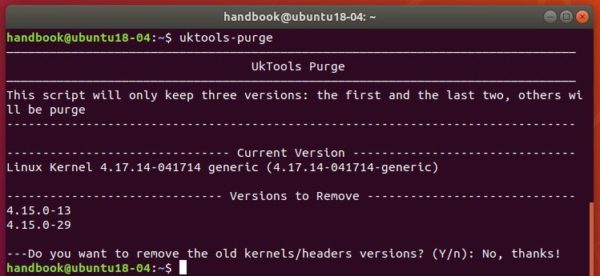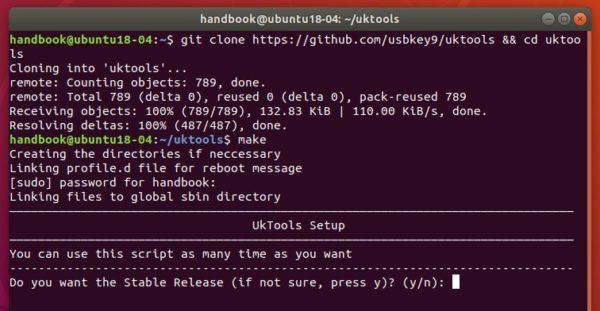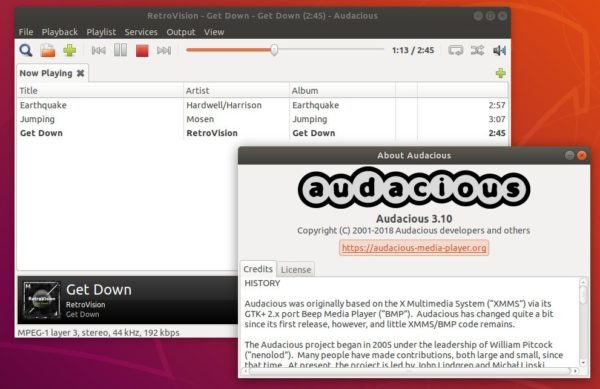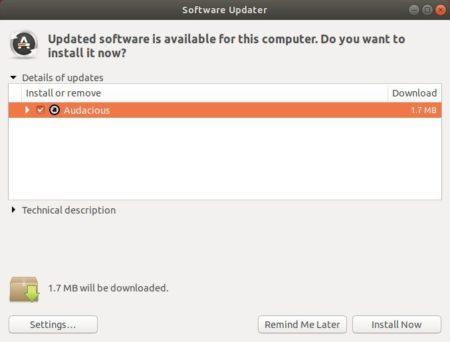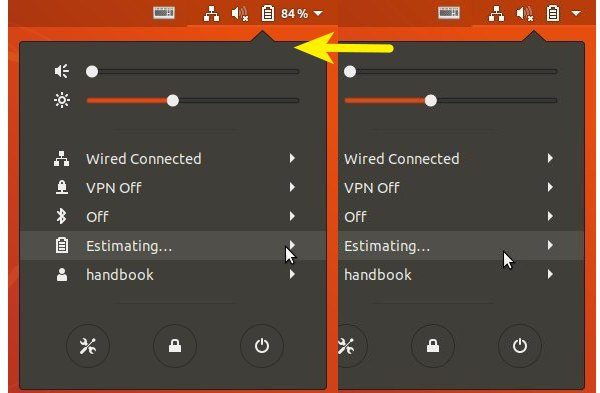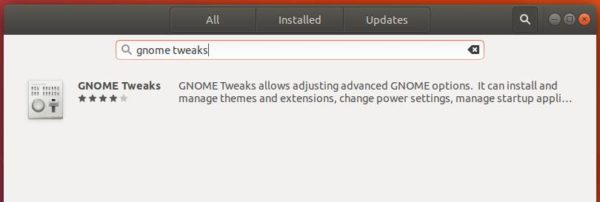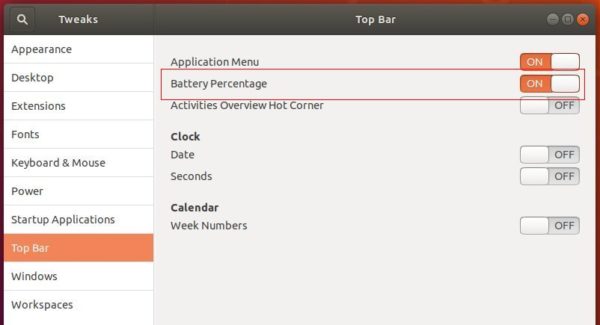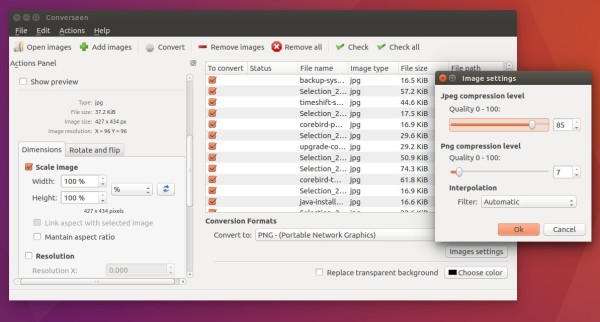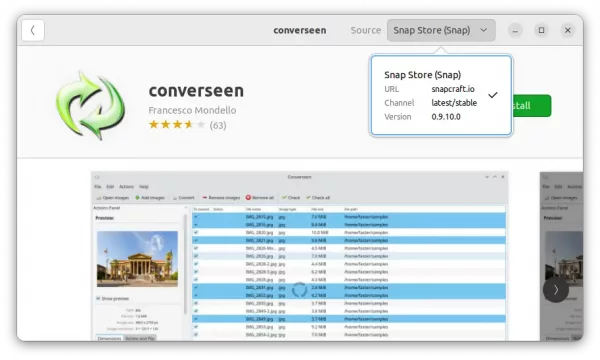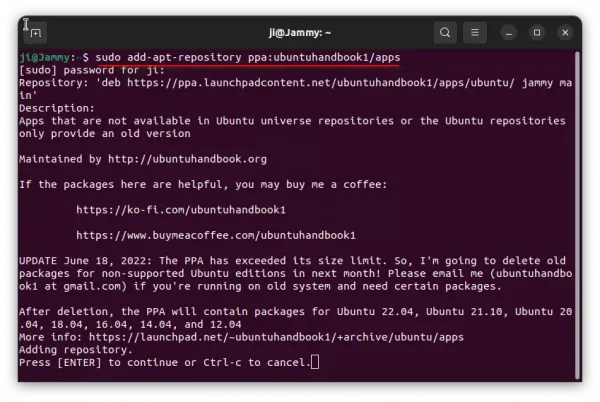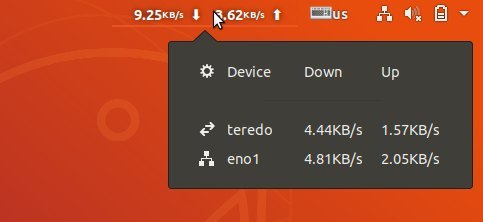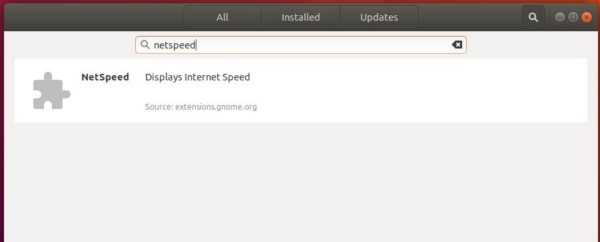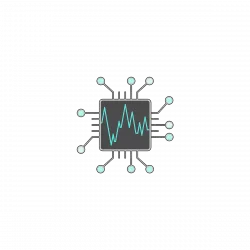![]()
Free and open-source planetarium software Stellarium 0.18.2 was released a day ago with enhancements, various bug-fixes and translation updates.
Stellarium 0.18.2 release highlights:
- Improvements and fixes for AstroCalc tool and plugins
- Added support Abell Catalog of Planetary Nebulae and ESO/Uppsala Survey of the ESO(B) Atlas
- Added filters for enlisted objects in Search Tool/Lists tool
- Added new textures for moons
- Added support Milkyway saturation effect
- Added possibility to select all constellations through scripts and hotkeys
- Added artwork for some Maori constellations
- Added distances for some planetary nebulae
- Added Lokono sky culture
- Added a few new scripts
- Updated code and data, and fixed various bugs.

How to Install Stellarium 0.18.2 in Ubuntu:
The software has an official PPA repository that contains the latest Stellarium packages for Ubuntu 16.04, Ubuntu 18.04, Ubuntu 18.10, and their derivatives.
1. Open terminal either via Ctrl+Alt+T or by searching ‘terminal’ from app launcher. When it opens, run command to add the PPA:
sudo add-apt-repository ppa:stellarium/stellarium-releases
Input your password (no visual asterisks feedback while typing) when it prompts and hit Enter.

2. Then upgrade Stellarium from an existing release with Software Updater utility:
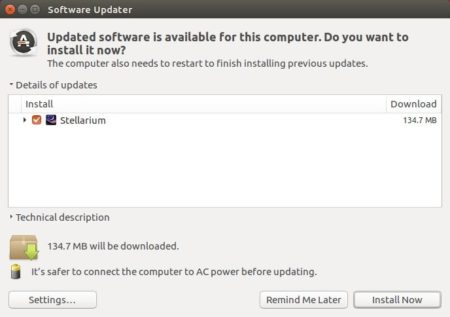
Or run following commands to install the software for the first time:
sudo apt-get update sudo apt-get install stellarium
Uninstall:
To remove the software, either use your system package manager or run command:
sudo apt-get remove --autoremove stellarium
And remove the PPA via “Software & Updates” utility under Other Software tab.





